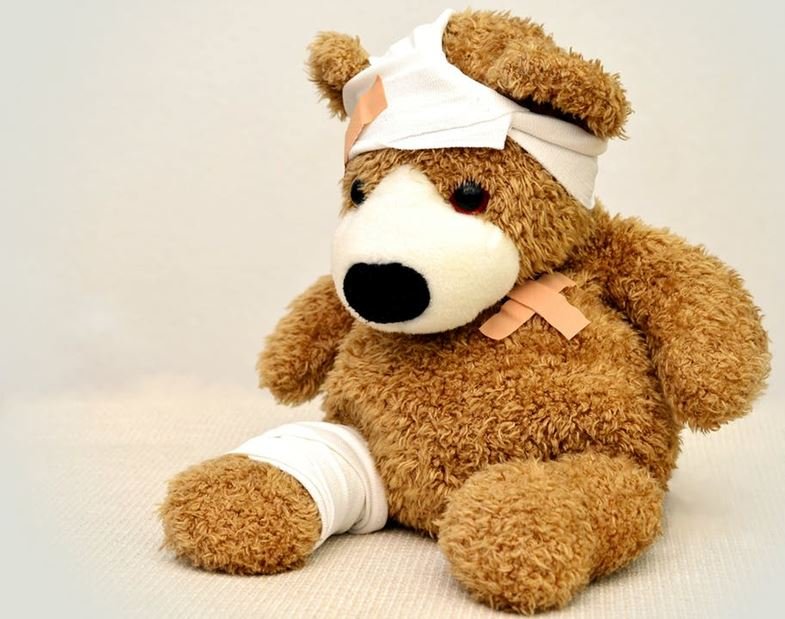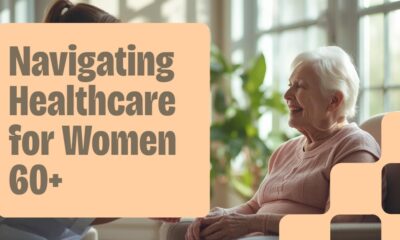Health
7 Reasons why First Aid is so Important

Why is it so important to learn first aid?
Statistics state that it is estimated that only 26% of Australians know First Aid.
It’s not just car crashes or coming across an injured person where first aid might be needed.
Unpredicted incidents in the family home or at an innocent gathering can occur spontaneously.
Some of these might involve, snake bites, drowning, poisoning, fractures and burns or scolds.
The majority of people who have been in an accident state the same thing “It only took a minute” or “I just turned my back for a second”.
-
It saves lives
No-one plans on being in an accident or being the first responder in an emergency.
Non one plans on being hurt or witnessing a loved one succumb to injury.
Having first aid training can provide you with the tools and knowledge as to how to respond in emergencies and what steps and treatment to give.
This has saved many lives.
The Red Cross states that a person in cardiac arrest has an 80% chance of living if CPR is commenced within the first minute.
Sadly, if CPR hasn’t started within the nest 10 minutes, the survival rate drops to a staggering less than 5%.
Appropriate treatment in the initial stages of an accident can most definitely make the difference between life and death.
Knowing how to stop a person bleeding or tend to a head wound can prevent imminent death and provide treatment until ambulance arrive.
You’ll also be able to hand over crucial information to the attending medical personnel which will greatly assist them in giving the right care and consideration.
-
It decreases recovery time.
Immediate first aid can make the difference between a short time injury and long-term disability.
This means the injured person spends less time in hospital and can potentially decrease the requirement for long term rehabilitation and painful and invasive treatment.
Getting the right treatment straight away can save for much heartache and discomfort down the track.
-
It can help you keep calm.
It can be easy to panic when a loved one or even a stranger has had an accident.
With first hand training of how to deal with emergencies and also how to manage by standers, you may be more clam and able to assist as you have the knowledge of how to provide care and comfort.
-
Speaking of comfort.. you’ll be in a better place to give it.
Not every situation means a trip via ambulance to the hospital or even a visit to the doctor.
A baby with a fever due to teething is experiencing pain and a pre-schooler with a nasty cut on the leg from a sport incident or fall at the park is hurting.
Having first aid training will enable you to provide comfort to the patient and the adeptness to correctly manage the situation.
This can also help to defuse the stress levels of parents or carers and friends of the injured person who may be present and are reacting to stress and environmental stimuli.
-
It teaches you about your own safety and wellbeing as well.
One of the key components of first aid training is to take care of your own safety and wellbeing first.
You learn how to look pout for hazards to yourself, rather than diving in and attempting to save someone else
If you become a casualty, you are no good to anyone and also now need assistance yourself.
Some first aid courses also discuss healthy living and diet, which can aid you in addressing some of your more unhealthy life style habits to benefit your own wellness.
You need to put yourself as a priority in life and this means taking care of yourself.
-
It’s always best to be prepared.
Whether it be a compulsory part of your employment or you’ve just had a new baby arrive in the home, attending first aid cpr courses can give you the tools and information to feel more at ease and prepared for any situations that may arise.
Our families are the most important and valued people around us and we strive to care and provide for them as best we can.
It can be very beneficial if you are running workshops or community projects and gatherings.
Ensuring you have medical knowledge can mean you’re ready to tend to any misadventures and injuries.
-
In some situations, it’s a condition of employment.
Some roles stipulate that you must have a current First Aid Certificate.
Everyone has a duty of care to themselves and others.
Community Health Care settings and other sectors have often have guidelines that there must be at least one person on shift with up to date First Aid Training.
What types of first aid course are there available?
-
Preform CPR
The object of this course is to provide you with the information to give Cardio Pulmonary Resuscitation (CPR) on an individual who has lost consciousness and is not breathing.
It is a general rule to complete this course every year as follow-up and to ensure your skills are up to date.
-
Provide First Aid.
This course is an extension of the Provide CPR course.
It covers the CPR components and other matters, such as
- Basic wound care
- Allergic reactions
- How to control bleeding
- Burns
- Choking
- Heart attacks and strokes
- Drowning
- Head, spinal and neck injuries
- Asthma and other respiratory issues
- Diabetes
- Minor skin injuries
- Crush injuries
- Poisoning
- Strains, sprains and dislocations
- Seizures and febrile convulsions
- Shock
This course will need to be done every three years.
-
Provide First Aid in an Education and Child Care Setting.
This is an early childhood-based first aid course and is quite compressive.
There is quite a difference between providing first aid to children and adults and this course covers the material you’ll need if you’re working with young children.
It includes CPR as well as many other components, including but not limited to:
- Allergies
- Adnominal injuries
- Basic Wound care
- Control of bleeding
- Basic anatomy and physiology relating to infants and children
- Poisoning
- Strains and Sprains
- Choking
- Heart issues and strokes
- Choking
- Neck, head, and spinal injuries
- Crush injuries
- Drowning
- Minor skin injuries
- Fractures
-

 Real Estate2 months ago
Real Estate2 months agoWhy Homes in Historic Districts Remain in High-Demand
-

 Health2 months ago
Health2 months agoNavigating the Golden Years: Why Women 60+ Need Accessible Primary Healthcare
-

 Entertainment2 months ago
Entertainment2 months agoBappan TV vs Other Streaming Apps: Which is Better?
-

 News2 months ago
News2 months agoOhio Lake Effect Snow Warning: Safety Checklist for Drivers






